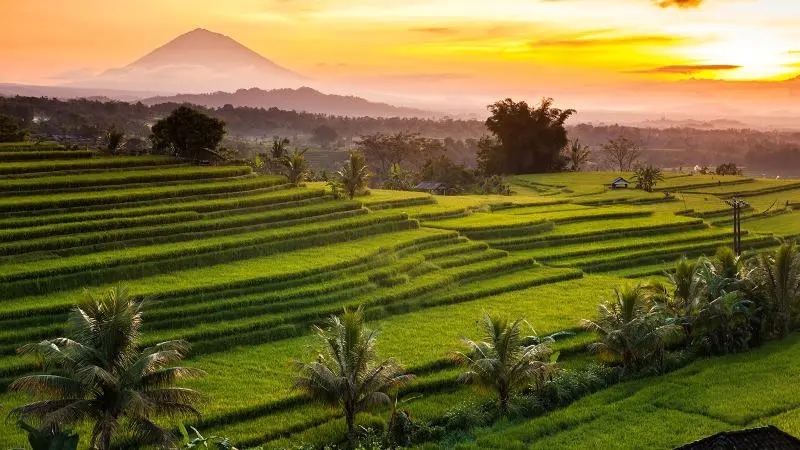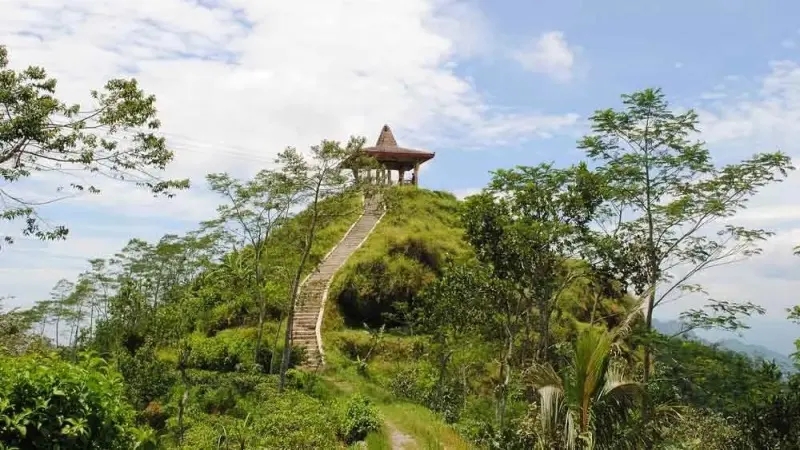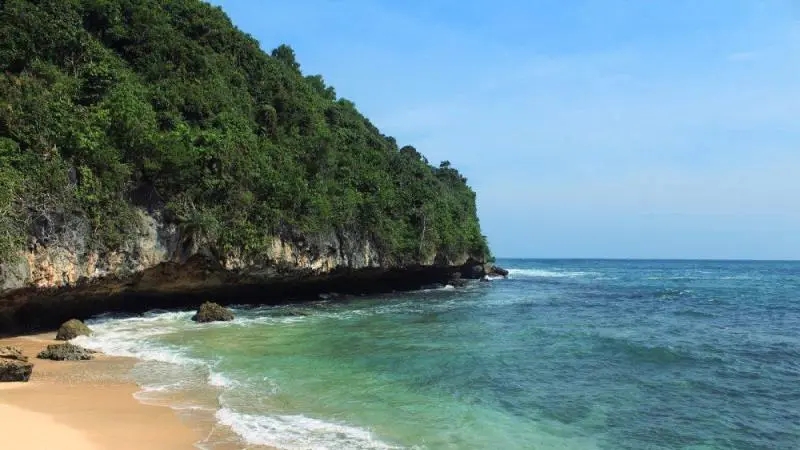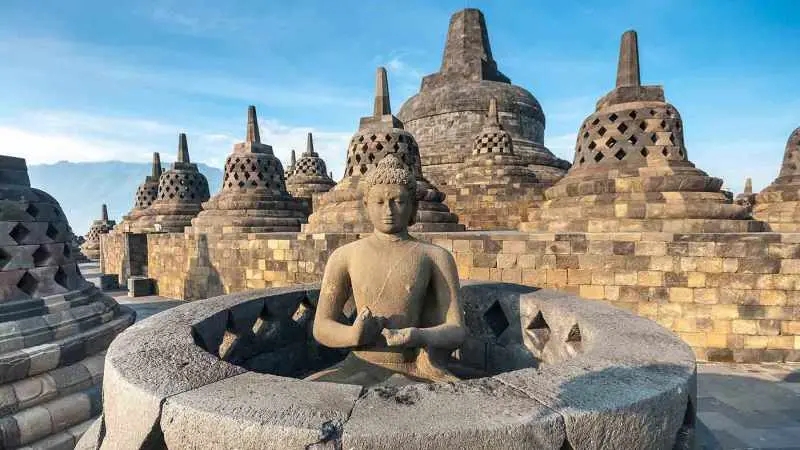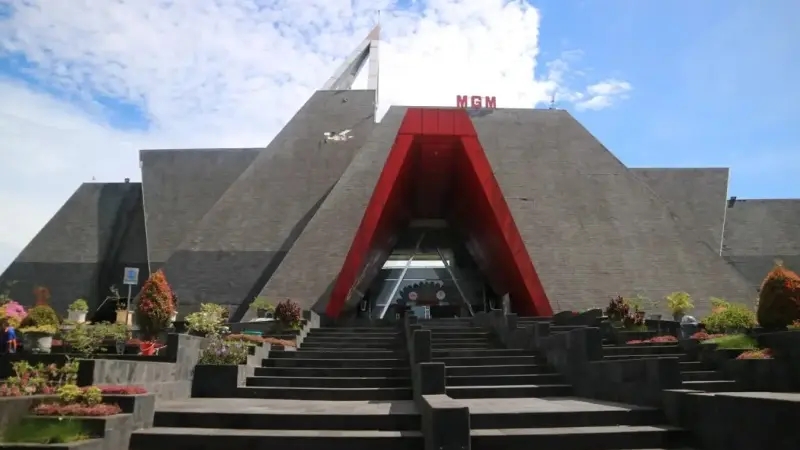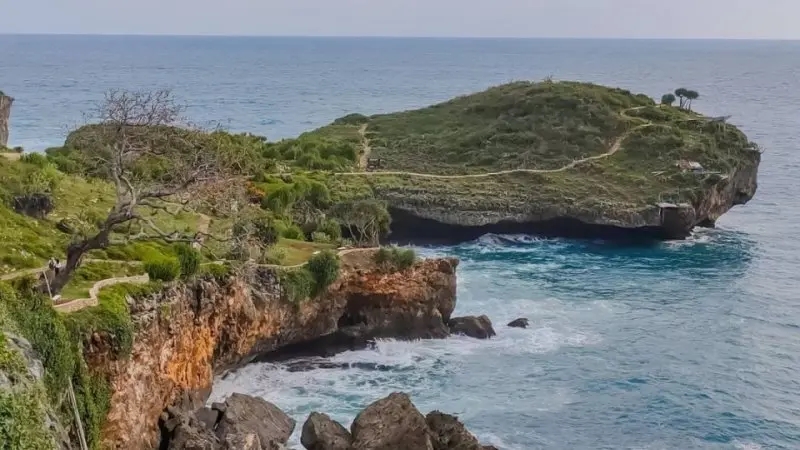In the heart of Bali, Indonesia, lies a breathtaking landscape that captivates the eye and soothes the soul – the Jatiluwih Rice Terraces.
Recognized as a UNESCO World Heritage site, these sprawling green fields represent not just the island’s agricultural prowess, but also its deep-rooted cultural and spiritual values.
The Splendor of Jatiluwih: A Natural Canvas
Jatiluwih, which translates to “truly marvelous” in Balinese, is a fitting name for these rice terraces that stretch over 600 hectares in the region of Tabanan.
What makes Jatiluwih unique is its traditional Subak irrigation system, a cooperative water management method used by Balinese farmers for centuries.
This system reflects the Balinese philosophy of “Tri Hita Karana,” which emphasizes the balance and harmony between humans, nature, and the gods.
A Journey Through the Terraces
Visiting Jatiluwih is like stepping into a living, green tapestry that changes hues with the seasons. The terraces are a dynamic landscape, with the planting and harvest seasons providing different visual experiences.
During the planting season, the fields are a vibrant green, while the harvest season brings a golden hue to the terraces.
A walk through these rice fields is not just a feast for the eyes but also an educational journey. Visitors can learn about traditional Balinese farming techniques and the importance of rice in Balinese culture and cuisine.
The area is also a haven for bird watchers and nature enthusiasts, with its rich biodiversity.
Cultural Significance and Sustainability
The cultural significance of Jatiluwih extends beyond agriculture. The rice terraces are an integral part of the island’s religious practices, with numerous temples dotting the landscape.
These temples host various ceremonies and festivals throughout the year, reflecting the strong connection between the agrarian lifestyle and Balinese Hinduism.
Sustainability is at the core of Jatiluwih’s existence. The Subak system is not only about irrigation but also about community cooperation and sustainable farming practices. This approach has helped preserve the landscape for generations, making Jatiluwih a model for sustainable tourism.
Experiencing Jatiluwih
For visitors, Jatiluwih offers various ways to immerse in its beauty. Trekking and cycling are popular activities, allowing guests to explore the fields up close. There are also guided tours that provide insights into the local culture and farming methods.
The area is equipped with visitor facilities, including restaurants and cafes where one can enjoy traditional Balinese cuisine with a view of the terraces.
Conclusion: A Must-Visit Destination
Jatiluwih Rice Terraces are more than just a scenic destination; they are a testament to Bali’s cultural heritage and environmental stewardship.
A visit to Jatiluwih is a journey into the heart of Balinese culture, offering a serene and enlightening experience that resonates with travelers long after they leave.
For anyone visiting Bali, a day spent in the embrace of Jatiluwih’s green fields is an opportunity to connect with nature and witness the harmonious balance of traditional practices and natural beauty.
